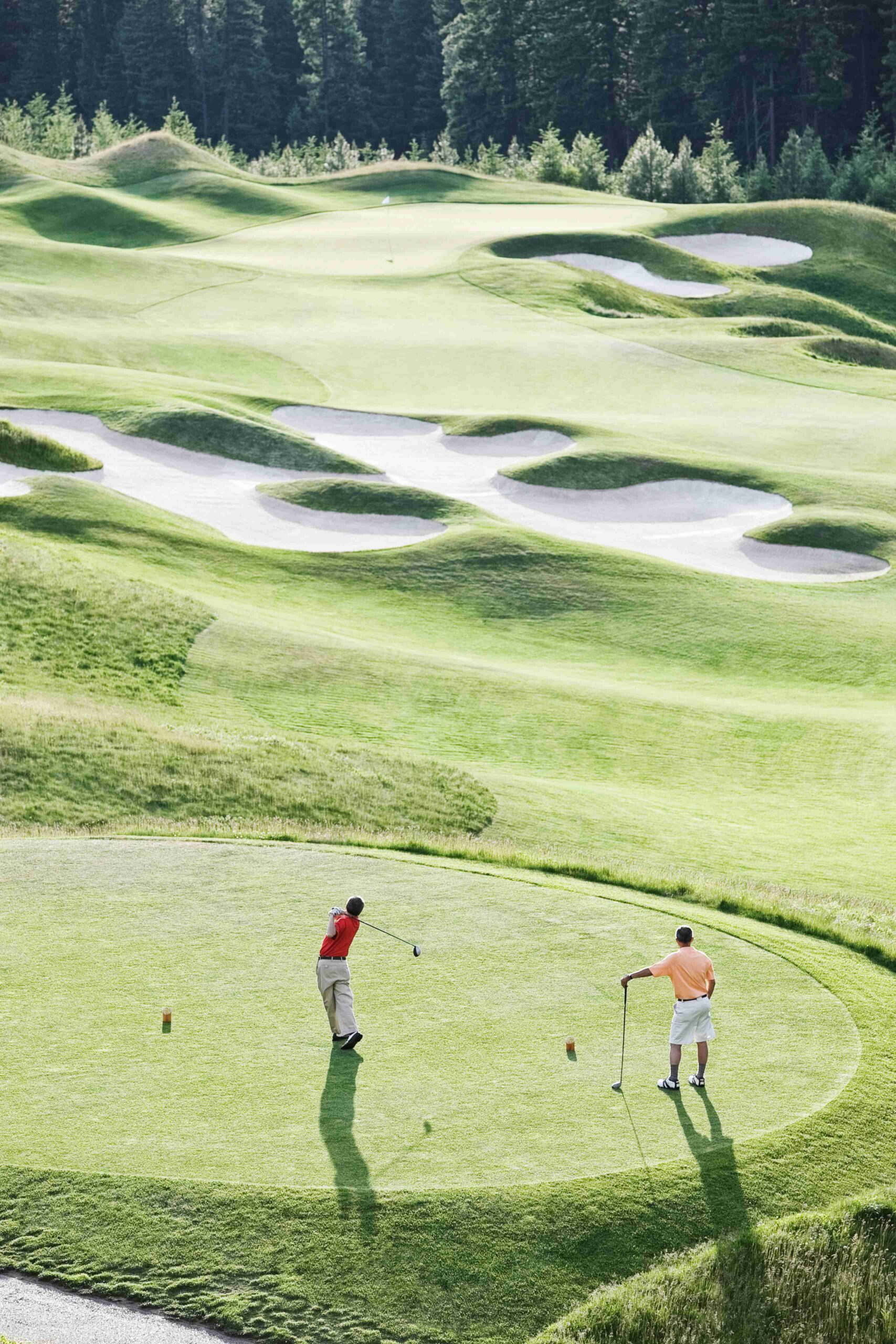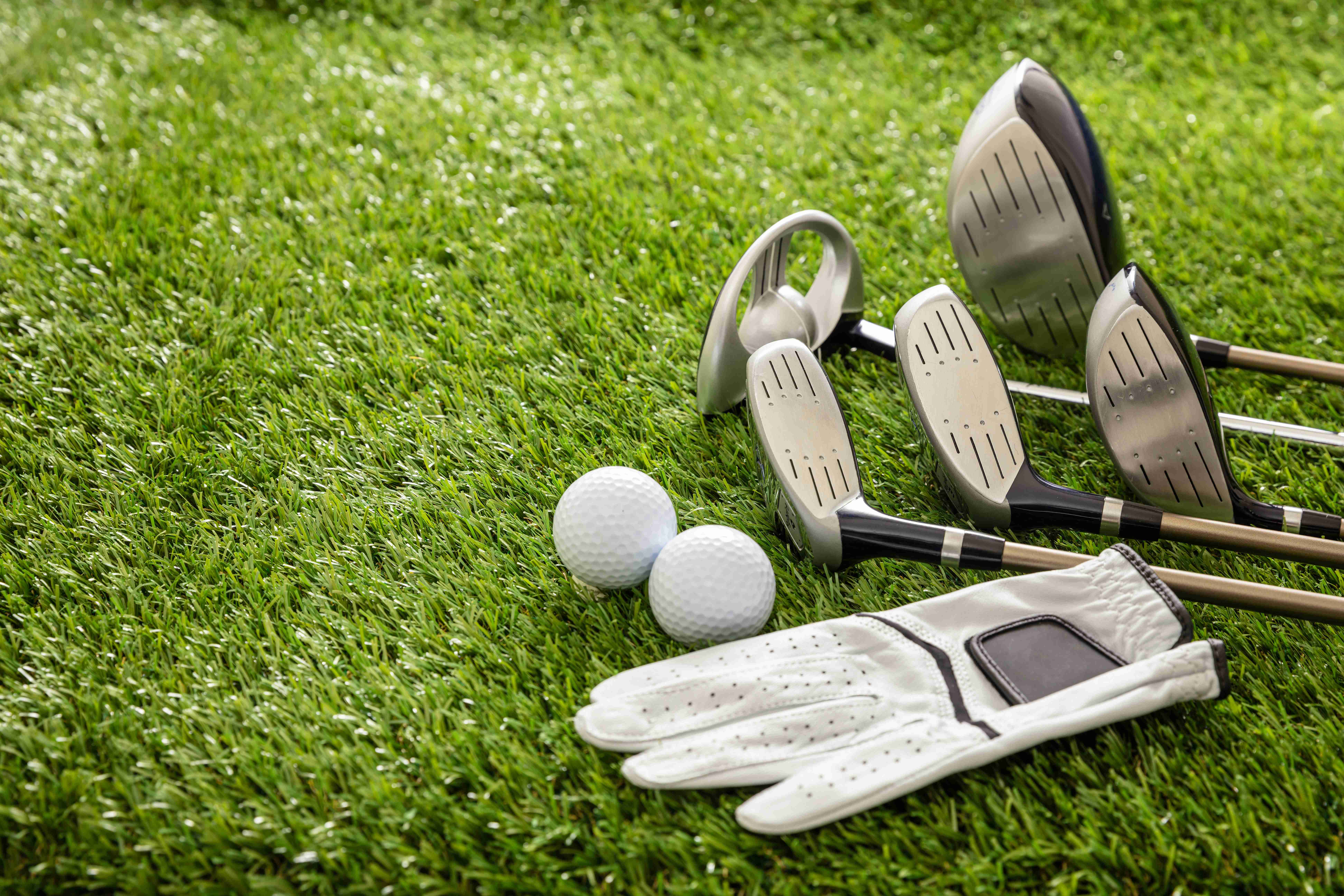Golf has long been a beloved sport for its unique blend of precision, strategy, and relaxation. Whether you’re drawn to its competitive spirit or the tranquil landscapes of the course, learning golf offers an enriching experience. As more people take up the sport for recreation and wellness, understanding the basics and the right approach to learning is essential for anyone starting their journey.
For those eager to learn, starting with professional lessons ensures a solid foundation in technique, rules, and etiquette. However, if you’re keen to explore the sport independently, understanding the fundamentals can make your self-taught experience more rewarding.

Golf Basics
Golf may appear simple at first glance, but it’s a sport that demands skill, patience, and strategy. Each player aims to complete a course using as few strokes as possible, employing different clubs tailored for precision or power.
Key Concepts to Understand:
- The Par System: Each hole has a designated number of strokes, or “par,” expected to complete it. Common pars are 3, 4, and 5, depending on the hole’s length and difficulty.
- Scoring Terms: From a “birdie” (one stroke under par) to a “bogey” (one stroke over par), learning the lingo helps track your progress and compare scores.
- Equipment Essentials: Players use woods, irons, and putters, each designed for specific distances and shot types.
Understanding these basics lays the groundwork for building your skills and confidence on the course.

Mastering the Key Golf Shots
Golf involves three fundamental types of shots: the tee shot, the approach, and the putt. Each requires distinct techniques and clubs to execute effectively.
- The Tee Shot. This opening shot aims for maximum distance, setting the stage for the rest of the hole. Typically, a wood club is used for its power. Position the ball on the tee so half of it is visible above the club face. Focus on a smooth, horizontal swing for optimal distance.
- The Approach. An approach shot brings the ball closer to the green, requiring accuracy over power. Irons are the go-to clubs for these mid-range shots. Maintain a controlled stance with feet shoulder-width apart. Align the ball centrally between your feet for better balance.
- The Putt. The final stroke aims to roll the ball into the hole on the green. The putter, the shortest club, is designed for precision. Practice reading the green to understand slopes and angles. Focus on a steady swing to control direction and speed.
After covering these fundamental shots, you can name yourself a middle golfer. You know enough to compete, but still need to learn a lot. Also, you will need clubs, balls and other accessories like gloves, tees and ball markers.
Practice Now!
Golf is a journey of growth, discipline, and enjoyment. It doesn’t matter if you’re perfecting your swing or mastering the art of putting, each step brings new challenges and triumphs. Start exploring courses, connecting with fellow enthusiasts, and immersing yourself in the game. This website is your ultimate resource for tips, guides, and everything you need to make golf a lifelong passion. Swing into action and embrace the world of golf today!
